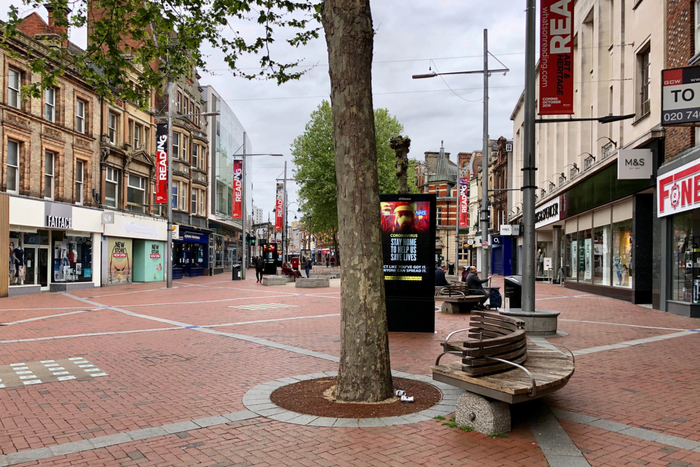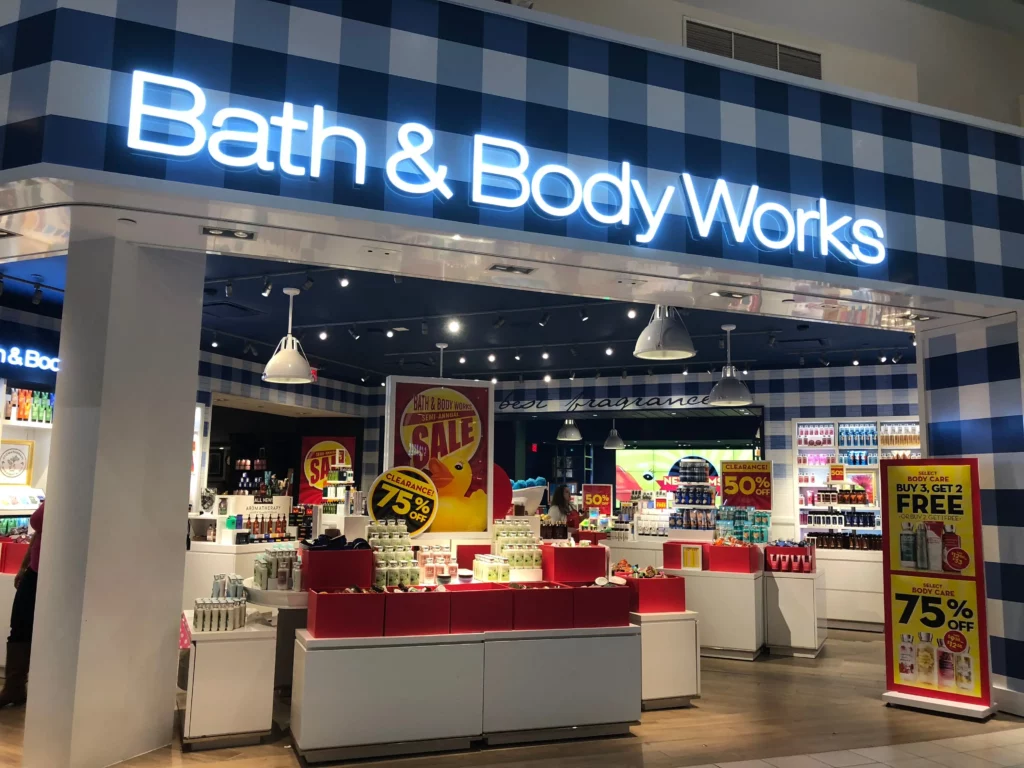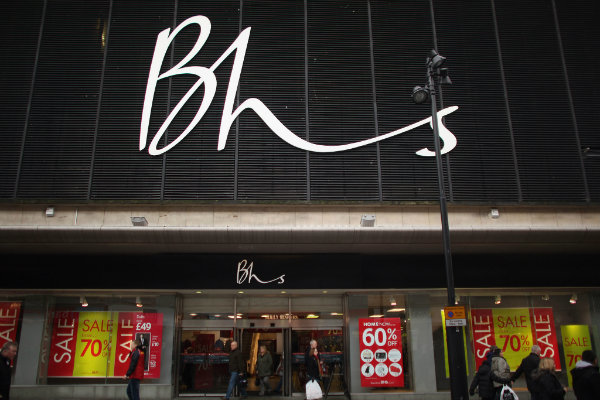// Sales during May showed slight improvement against April
// Despite the improvement, BRC-KPMG found it to be the second-worst decline on record
Retail sales in May continued to drop but showed slight improvement compared to sales in April.
Total retail sales dropped 5.9 per cent in May, compared to a 1.9 per cent decline in the same month of the previous year, according to the BRC-KPMG retail sales monitor.
The sales monitor found it to be the second-worst decline since records began in 1995.
READ MORE:
- Retail footfall improves in May thanks to warm weather
- Store reopenings could cause second wave of Covid-19, experts warn
Despite sales dropping 19.1 per cent in April, the decline during May was less steep than the three-month average decline of 9.4 per cent but below the 12-month average decline of 2.6 per cent.
Like-for-like sales in May, with figures excluding non-essential stores still mandated to close by the government but including online sales, showed a 7.9 per cent increase.
Meanwhile, in-store sales of non-food items declined 50.3 per cent on a total and 21.9 per cent on a like-for-like basis in the three months to May 2020, far below the 12-month average decline of 14.8 per cent.
Food sales increased 8.7 per cent on a like-for-like basis and 5.6 per cent on a total basis in the three months to May.
Online non-food sales increased by 60.2 per cent in May compared to 4.4 per cent in the same month in 2019.
As a result, online non-food penetration increased from 31.4 per cent in May 2019 to 61.9 per cent in May this year.
“Sales in May demonstrated yet another month of struggle for retailers across the country, despite an improvement on the previous month,” BRC chief executive Helen Dickinson said.
“Nonetheless, as the sun came out and restaurants lay dormant, food sales rose with consumers taking to their local parks for beers, BBQs and picnics.
“Clothing and beauty sales improved slightly on April as people left their homes to meet outside with friends and family.
“While the month showed record growth in online sales, many retailers will be anxious to see whether demand returns to our high streets when non-essential shops reopen from June 15. Weak consumer confidence and social distancing rules are likely to hold back sales.
“Furthermore, there are concerns that if government support is withdrawn too quickly, shops and businesses will not survive.
“Until the situation improves, retailers urgently need support on rents and negotiations with their landlords as high fees could force some physical retailers to shut for good.”
KPMG UK head of retail Paul Martin said: “The disparity between different types of retailers and categories continues, with clear divides between essential and online versus non-essential and physical.”
“Sales of computing equipment, toys and other household goods remained strong – especially online – with home-working and entertainment firmly at the forefront of consumers’ minds.
“Food and drink also performed well; no doubt encouraged by warmer weather and May’s bank holidays.
“By contrast, many non-essential categories – especially fashion – continued to attract limited demand which will increase the pressure on them in the coming months.”
Click here to sign up to Retail Gazette’s free daily email newsletter
















